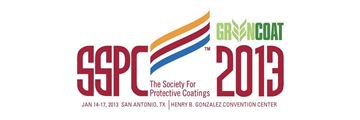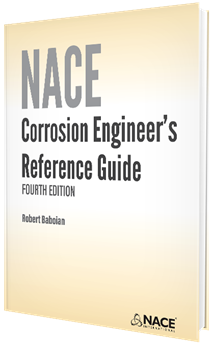Search
Products tagged with 'test methods'
View as
Sort by
Display
per page
Measurement of Internal Coating Stresses of MIL-PRF-23377 Top Coated with MIL-PRF-8528
Product Number:
41215-884-SG
Publication Date:
2015
$20.00
Measurement of Internal Coating Stresses of MIL-PRF-23377 Top Coated with MIL-PRF-8528
Product Number:
41216-954-SG
Publication Date:
2016
$20.00
Measuring Chemical Composition Of Pipeline Steel Using Laser Induced Breakdown Spectroscopy (LIBS) Technology
Product Number:
51322-18193-SG
Publication Date:
2022
$20.00
Measuring Vertical Concrete Surface pH: Viable Test Method for Severe Service Exposures
Product Number:
41215-917-SG
Publication Date:
2015
$20.00
Method for Measuring Energy Savings on Highly Reflective Coatings
Product Number:
41215-886-SG
Publication Date:
2015
$20.00
Methodology for Coated Infrastructure Inspection by Mobile Potentiostat
Product Number:
41215-912-SG
Publication Date:
2015
$20.00
Modern Corrosion Testing: From Traditional Salt Spray Test to the Latest Innovative Methods with Advanced Environmental Controls
Product Number:
41216-962-SG
Publication Date:
2016
$20.00
Moisture in Historic Commercial Building Walls – Approaches to Assessment and Restoration
Product Number:
41213-752-SG
Publication Date:
2013
$20.00
Moisture Test methods, Comparisons, Commonalities and Dissimilarities
Product Number:
41215-929-SG
Publication Date:
2015
$20.00
Moisture Testing and Inspecting for Concrete Floors to Receive Coatings
Product Number:
41216-991-SG
Publication Date:
2016
$20.00
MR0174-2007-SG, Selecting Inhibitors for Use as Sucker-Rod Thread Lubricants
Product Number:
21300-SG
ISBN:
1-57590-120-X
Publication Date:
2007
$109.00
NACE Corrosion Engineer's Reference Guide, Fourth Edition
Product Number:
37608-E
ISBN:
978-1-57590-321-7
Publication Date:
2016
$170.00












